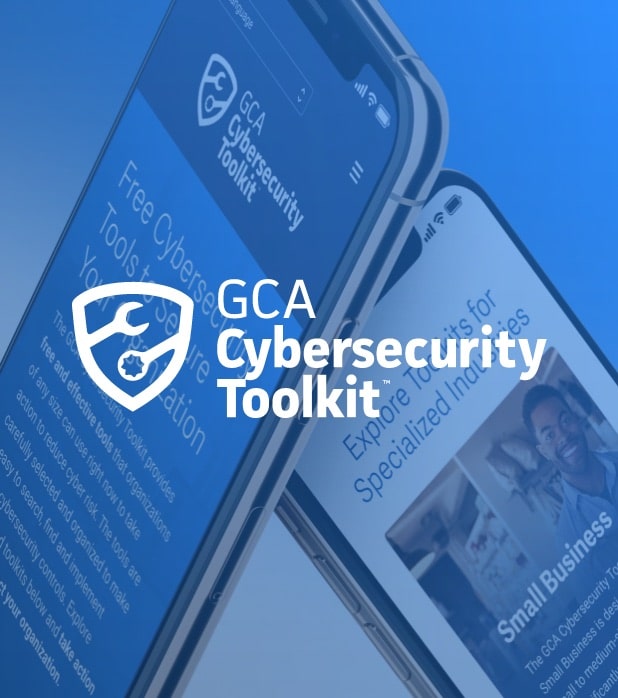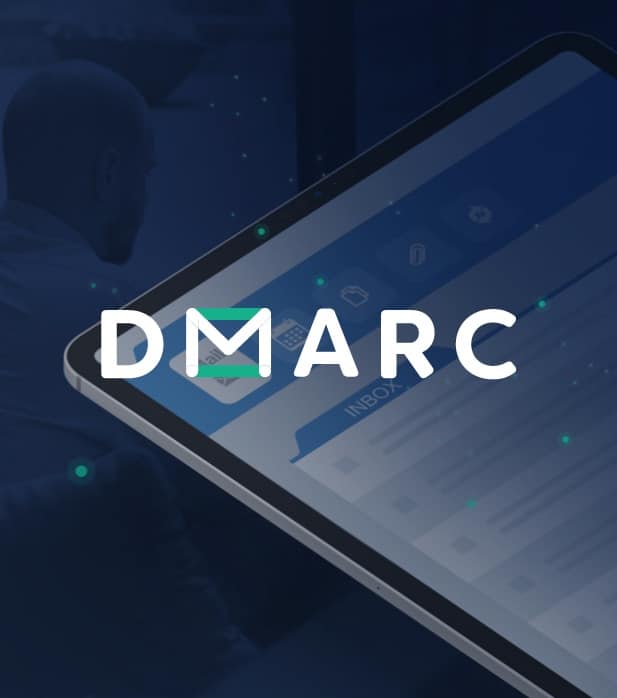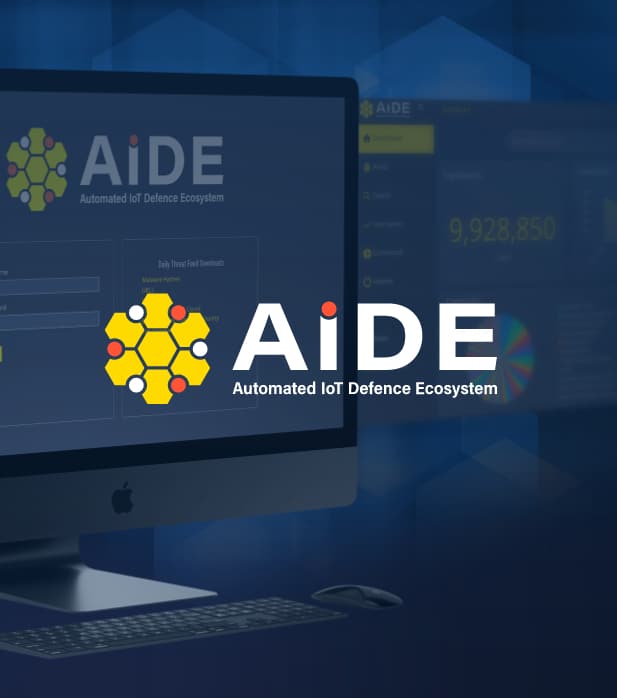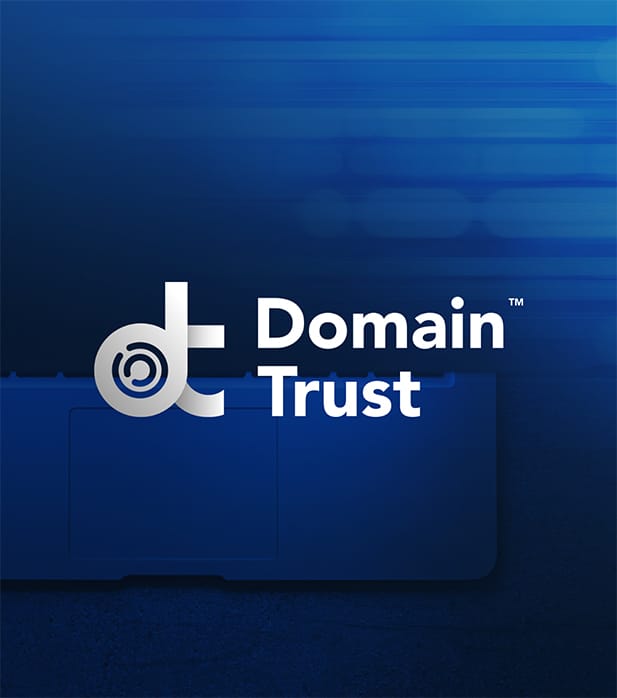Use a Tool
Improving your cybersecurity doesn’t have to be difficult. We develop free, easily accessible tools to address the most common and pervasive cyber challenges. You can use these tools right now to make an impact. Learn how to get started below.








